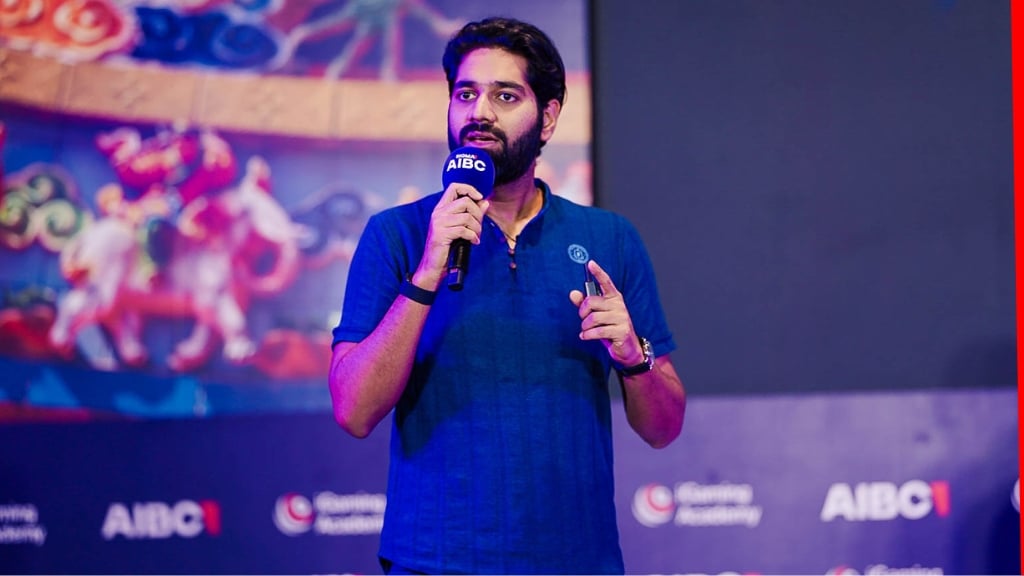5 critical insights on Quantum and Blockchain convergence

AIBC Asia 2025 opened this morning at the SMX Convention Center, Manila, with a keynote that set a decisive tone for the summit’s exploration of next-generation digital security. On the AIBC Stage, Kapil Dhiman, Co-Founder and CEO of Quranium, delivered a business-focused analysis of the convergence between quantum computing and blockchain technology. A topic of immediate relevance as the blockchain sector now secures over $3 trillion in digital assets. “Today, as Olga (Managing Director of AIBC) mentioned, I’m going to talk about the convergence of three very powerful forces, and I’m going to pay more importance to two of them, blockchain and quantum computing,” Dhiman began, highlighting the urgency for industry leaders to recognise and respond to the existential vulnerabilities and opportunities emerging at this intersection.
Kapil Dhiman is Co-Founder and CEO of Quranium, the first quantum-uncrackable Layer 1 blockchain, designed to secure the next era of the internet. With more than a decade of experience in digital innovation, Dhiman has led Quranium to global recognition, including accolades such as DMCC Best Web3 Startup 2024 and Cointelegraph Best Startup 2025. His leadership is marked by a commitment to building quantum-secure infrastructure, backed by Animoca Brands and a network of over 50 partners in 12 countries.
Five critical insights
Dhiman’s keynote dissected the urgent need for blockchain networks to prepare for quantum threats, explaining the technical and regulatory shifts already underway. He outlined how quantum computing’s exponential processing capabilities pose a direct challenge to the cryptographic standards that underpin blockchain security. “Quantum computing is the biggest threat to Bitcoin ETFs. That’s where we are going to start diving deeper into why that statement came out in a legal filing,” he noted, referencing recent industry developments and regulatory signals.
Key insights from the keynote included:
-
The blockchain industry is currently securing more than $3 trillion in cryptocurrencies with cryptographic algorithms that are fundamentally vulnerable to the processing power of quantum computers.
-
Quantum computers, by harnessing qubits, are capable of solving mathematical problems underpinning current blockchain encryption such as ECDSA at speeds that could render today’s security obsolete.
-
Regulatory bodies, including the US National Institute of Standards and Technology (NIST), have announced that ECDSA will be discontinued by 2030, giving the industry a five-year window to transition to post-quantum cryptography.
-
Governments and industry leaders globally are investing billions in both quantum computing and the development of quantum-resistant cryptographic solutions, with mandates for post-quantum standards already in place for public sector contracts in several countries.
-
Major blockchains, including Bitcoin, Ethereum, and Solana are actively developing and proposing upgrades to integrate post-quantum cryptography, recognising that survival in the quantum era will depend on the rapid adoption of these new standards.
Staying ahead in a quantum World
Kapil Dhiman’s keynote launched AIBC Asia 2025 with a call to action: “Whenever technology advances, we always experience every decade something new or something revolutionary comes to the world, which requires attention to think differently.” As the summit continues, AIBC Asia 2025 will spotlight the innovators and strategies shaping the next chapter of digital trust and resilience. Stay with AIBC News for exclusive coverage, timely insights, and real time updates on the future of tech.






